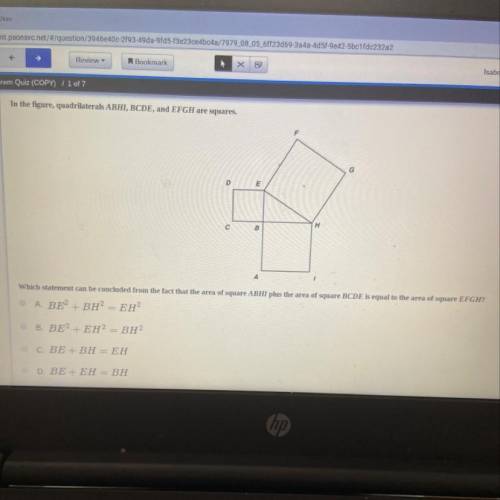change of stock price/initial stock price on friday * total stock value = change of stock value
0.89/73.73 *x = 42.72
x=3539.04 = total stock value at initial stock price on friday .
total stock value at initial stock price on friday/ initial stock price on friday = number of shares
3539.04/73.73 = 48 shares
they own 48 shares of this stock




























